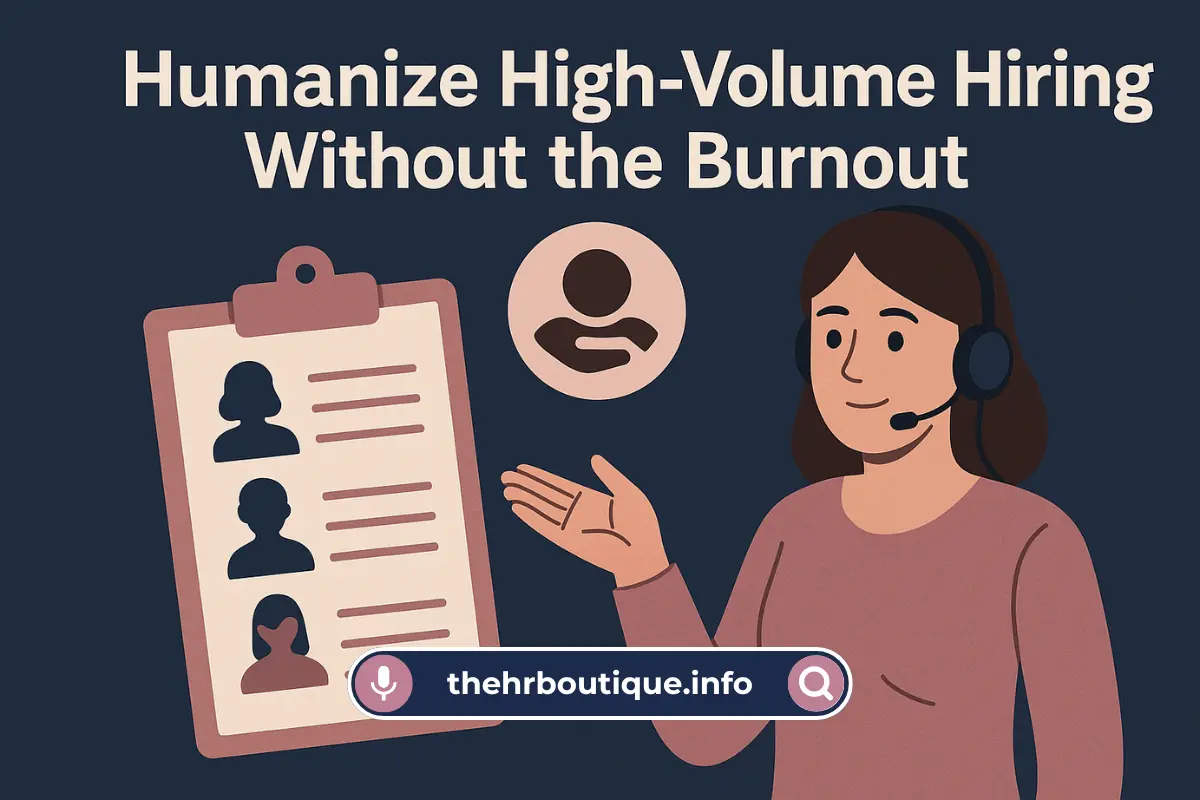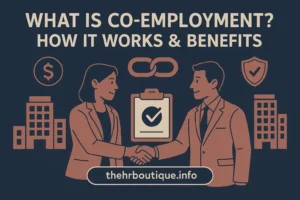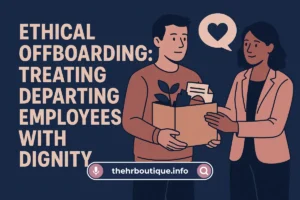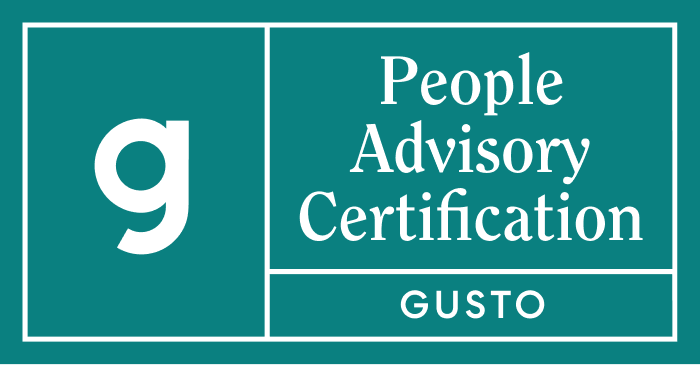Let’s be real – hiring dozens or hundreds of people at once feels like trying to drink from a firehose. You’ve got stacks of resumes piling up, candidates ghosting you, and hiring managers breathing down your neck. But here’s the thing: just because you’re hiring at scale doesn’t mean it has to feel like running a factory.
I’ve seen too many companies treat high-volume hiring like a numbers game – crank through applicants, fill seats, repeat. And then they wonder why turnover is through the roof and their Glassdoor reviews look like a horror movie.
There’s a better way. Let me show you how to keep things personal, even when you’re hiring an army.
Why Your Current Process Might Be Driving Candidates Away?
Ever been on the other side of a high-volume hiring process? It’s brutal.
- You apply online and immediately get a robotic “We’ll get back to you” email.
- Your resume disappears into a black hole (if it even makes it past the ATS).
- If you’re “lucky,” you get a 5-minute phone screen with someone reading from a script.
No wonder candidates feel like just another number. And guess what? People remember how you treat them during hiring – it sets the tone for their entire employee experience.
Here’s the kicker: when we make hiring more human, we actually get better results. Better quality hires. Lower turnover. Happier teams. It’s not about working harder – it’s about working smarter.
5 Ways to Keep the Human Touch in Mass Hiring
1. Ditch the Robo-Interviewer Act
Look, I get it – when you’ve got 500 applicants, you can’t personally call each one. But that doesn’t mean your comms need to sound like they came from a 1990s fax machine.
Try this instead:
- Record a quick 30-second video welcome for applicants (Loom makes this stupid easy).
- Have actual humans sign emails (not “The Hiring Team”).
- When rejecting someone, give one line of actual feedback. “We went with someone whose experience more closely matched X” takes 5 seconds but shows you actually looked at their application.
2. Speed Dating > Marathon Interviews
You don’t need 60-minute interviews to assess someone. Some of my best hires came from:
- 15-minute phone screens where we just chatted like humans.
- Group “meet the team” sessions that felt more like a conversation than an interrogation.
- Practical quick tests (“Show me how you’d handle this customer complaint”) instead of theoretical questions.
Pro tip: Train your hiring managers to spend the first 2 minutes just building rapport. It’s crazy how much better candidates perform when they’re not sweating bullets.
3. Automate the Boring Stuff (Not the Human Stuff)
Tech should handle the repetitive tasks so you can focus on the human connections. For example:
- Let chatbots answer “Where’s my application status?” questions.
- Use scheduling tools to eliminate email tag.
- Don’t let AI completely screen resumes (you’ll miss diamonds in the rough).
I worked with a call center that cut their screening time in half just by using a simple chatbot for initial FAQs. But they always had a human review the final candidate pool.
4. Onboarding Starts Before Day One
First impressions don’t wait for orientation. Some simple wins:
- Send a welcome text from their future manager.
- Create a “What to Expect” guide (make it fun, not corporate jargon).
- Set up a Slack channel for new hires to ask questions.
A restaurant chain I advised started doing virtual meet-and-greets with teams before start dates. Their 90-day retention jumped 25%.
5. Treat Rejected Candidates Like Future Hires
Here’s a dirty little secret – the person who wasn’t right for this role might be perfect for the next one. But if you ghost them or send a generic rejection? They’ll never apply again.
Try this:
- Keep a “maybe later” list of strong candidates.
- Send personalized rejections to your top runners-up.
- For roles with high reapply rates, tell people when they can try again.
“But We Don’t Have Time for This!”
I hear you. When you’re under pressure to fill seats yesterday, all this touchy-feely stuff sounds nice in theory but impossible in practice.
Here’s the reality check:
- It takes less time to do one human phone screen than three robotic ones where you learn nothing.
- Automated tools now handle 80% of the admin work we used to do manually.
- The time you “save” by cutting corners comes back as turnover costs.
A client of mine reduced their time-to-hire by 40% while making the process more personal. How? They stopped wasting time on unnecessary steps and focused on what actually matters.
Your Action Plan (Start Small)
You don’t need to overhaul everything tomorrow. Pick one thing to try this week:
- Replace one generic email with something personal.
- Add 2 minutes of “real talk” to the start of interviews.
- Send one piece of actual feedback to a rejected candidate.
The goal isn’t perfection – it’s progress. Every human interaction makes your employer brand stronger and your hires better.
Remember: people don’t quit jobs – they quit bad experiences. And that experience starts with how you hire them.
Now go forth and hire like you actually care about people (because I know you do). The rest will follow.





